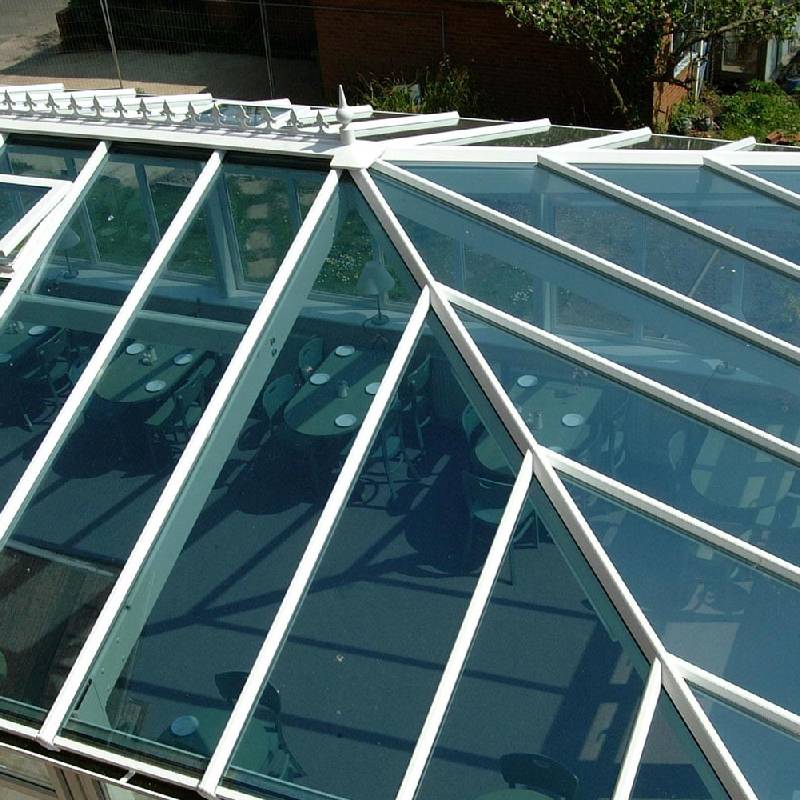

The Importance and Benefits of Thick Tempered Glass
Thick tempered glass, often referred to as toughened glass, has become increasingly popular in various architectural and design applications due to its strength, safety, and aesthetic appeal. This specialized glass is processed through controlled thermal treatments to enhance its durability and performance, making it a preferred choice for both residential and commercial projects.
What is Thick Tempered Glass?
Thick tempered glass is produced by heating standard glass to its softening point and then rapidly cooling it. This process induces compressive stresses on the surface and tensile stresses within the body of the glass. As a result, thick tempered glass can withstand higher levels of stress and thermal changes compared to standard glass. Typically ranging from 6mm to 19mm in thickness, it is often used in applications where strength and safety are critical.
Enhanced Safety Features
One of the most significant advantages of thick tempered glass is its safety features. In the event of breakage, it shatters into small, blunt pieces rather than sharp shards. This reduces the risk of injury, making it an excellent option for homes, offices, and public buildings. This safety feature is particularly vital in areas where glass is subjected to impact, such as doors, windows, and facades.
Moreover, thick tempered glass is resistant to thermal stress, meaning it can endure sudden temperature changes without breaking. This characteristic is particularly beneficial in regions with extreme weather conditions where temperature fluctuations can lead to conventional glass cracking or shattering.
Aesthetic Appeal
Beyond safety and strength, thick tempered glass also enhances the aesthetic appeal of any space. Its clarity and transparency allow for unobstructed views, making it a favored choice for modern architecture and interior design. Large panes of glass can create an illusion of spaciousness, letting natural light fill a room and providing a seamless connection with the outdoors.
In addition to clarity, thick tempered glass can be customized with various finishes, tints, and coatings to achieve desired visual effects
. Whether used in stylish shower enclosures, elegant glass railings, or striking facades, this glass type adds a contemporary flourish to any setting.
Energy Efficiency
Thick tempered glass can also contribute to energy efficiency in buildings. When combined with low-emissivity (Low-E) coatings, it can help control heat transfer, thereby enhancing insulation. This means buildings can maintain comfortable indoor temperatures with less reliance on heating and cooling systems, leading to lower energy bills and a reduced environmental footprint.
Versatile Applications
The versatility of thick tempered glass makes it suitable for a wide range of applications. It’s commonly used in
1. Buildings and Skylights Its strength and ability to withstand the elements make it ideal for windows, glass roofs, and skylights. 2. Shower Enclosures In bathrooms, thick tempered glass is favored for shower partitions due to its safety and style.
3. Railings and Balustrades For safety without sacrificing visibility, thick tempered glass railings are becoming more popular in homes and commercial spaces.
4. Furniture Glass tabletops made from thick tempered glass offer durability while allowing for creative designs and aesthetics.
5. Display Cases Retail establishments often utilize thick tempered glass for display cases, showcasing products while ensuring maximum visibility and protection.
Conclusion
Thick tempered glass stands out as an excellent building material, merging strength, safety, aesthetic values, and energy efficiency. Its growing popularity in construction and design speaks to its multifaceted advantages. As architects and designers continue to explore innovative uses, thick tempered glass will remain an essential element for modern living spaces, providing beauty without compromising safety and functionality. Whether it is used in residential, commercial, or industrial settings, its positive attributes make it a cornerstone of contemporary architecture.